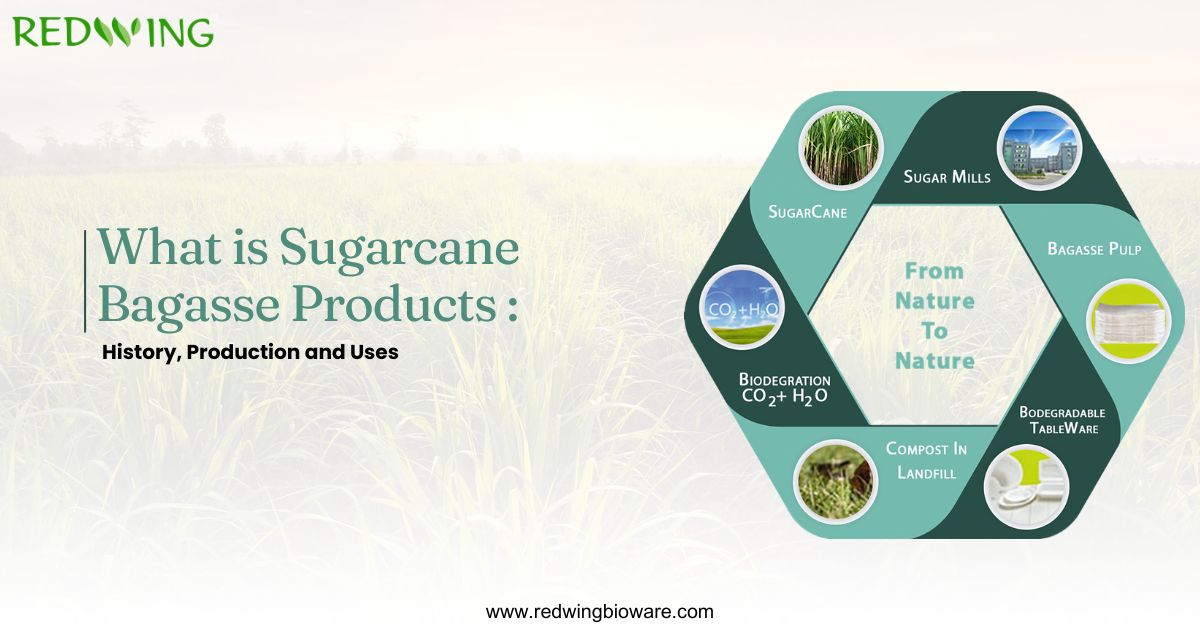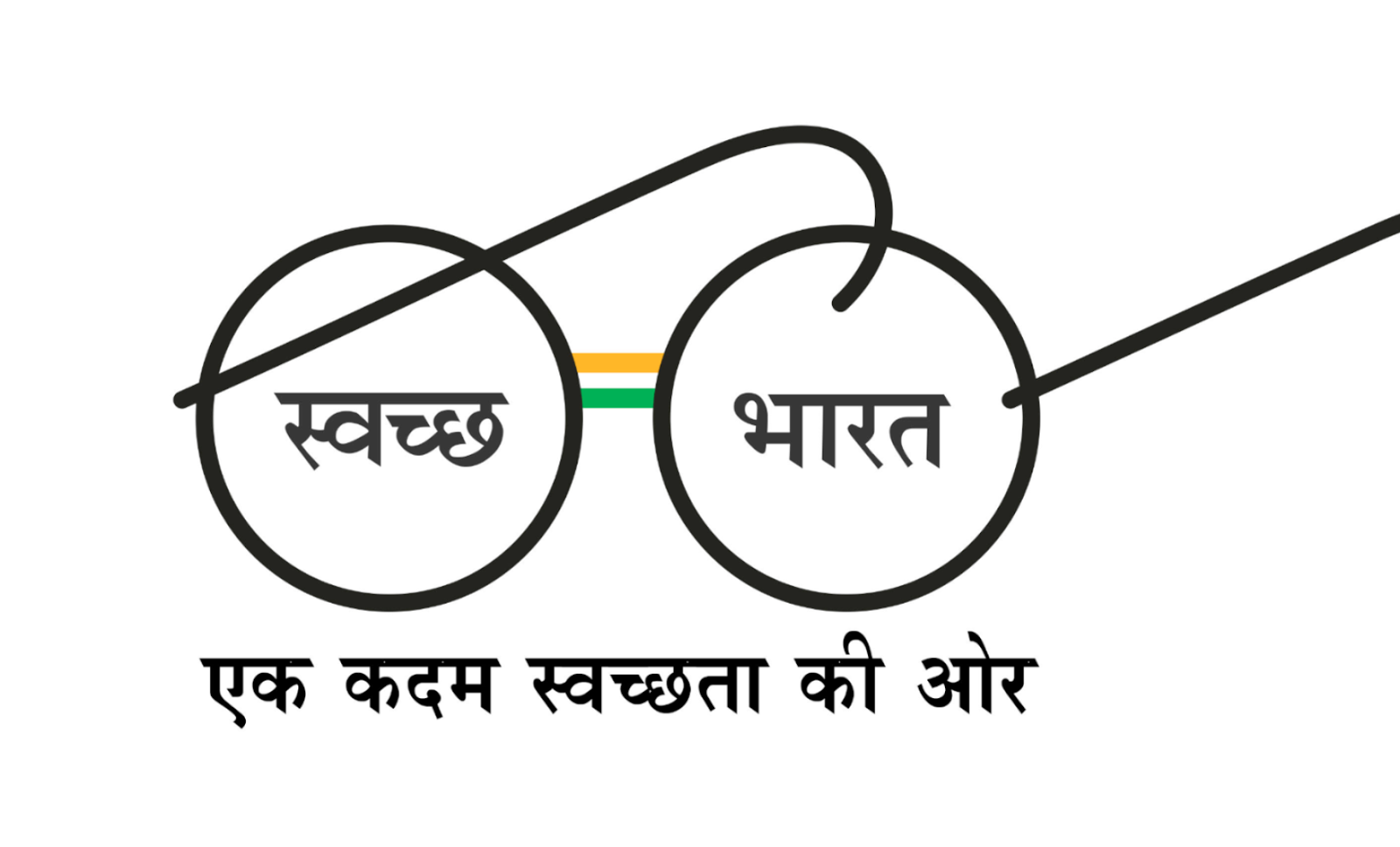-
- Sugarcane bagasse is widely used in various applications, from biodegradable tableware and packaging to building materials and animal feed.
- Its role in sustainable manufacturing continues to grow, fueled by technological advancements and a global push towards environmental sustainability.
What is Sugarcane Bagasse:
- Sugarcane bagasse is the fibrous residue left after extracting juice from sugarcane.
- This byproduct, often considered waste, has been transformed into valuable bioware products, offering a sustainable alternative to traditional materials.
- Bagasse is a byproduct created during the process of extracting juice from sugarcane.
- During this process, sugarcane is crushed and the juice is collected, leaving stalks behind that can be easily turned into bagasse.
- Since bagasse is essentially sugarcane fiber, it can then be used instead of other fibers like wood or straw as paper pulp in the paper product-making process.
History of Sugarcane Bagasse Products:
Bagasse is the fibrous residue left after extracting juice from sugarcane. Historically, it was often considered waste and discarded or burned as fuel. However, its potential as a valuable resource has been increasingly recognized over time.
Early Beginnings
Sugarcane cultivation dates back thousands of years, with its origins in Southeast Asia. As sugarcane spread to other regions, such as India and the Americas, so did the production of sugar and the resulting bagasse. For centuries, bagasse was primarily used as a low-cost fuel source for sugar mills and local communities.
Industrial Revolution
The Industrial Revolution in the 18th and 19th centuries brought significant changes to sugarcane processing. With the advent of steam engines, sugar mills could operate more efficiently, and the use of bagasse as a fuel source became more widespread. However, it was still largely viewed as a byproduct with limited applications.
20th Century Innovations
In the mid-20th century, environmental concerns and the search for sustainable materials led to new uses for bagasse. Researchers and innovators began exploring its potential in various industries:
Pulp and Paper Industry: Bagasse started to be used as an alternative to wood pulp in paper production. Consequently, this shift helped reduce deforestation and offered a more sustainable source of raw material.
Animal Feed: Processing bagasse into feed for livestock became common, particularly in regions with large sugarcane industries.
Beginning of Biodegradable Products
The late 20th and early 21st centuries saw a significant rise in environmental awareness and the demand for sustainable products. During this period, bagasse began to be recognized for its potential in creating biodegradable and compostable products.
Biodegradable Tableware: Innovators developed methods to mold bagasse pulp into sturdy, heat-resistant tableware, such as plates, bowls, and cups. These products offered an eco-friendly alternative to plastic and Styrofoam.
Packaging Materials: The use of bagasse in packaging materials grew, providing a sustainable solution to the increasing problem of plastic waste.
Present and Future
Bagasse is widely used in various applications: biodegradable tableware, packaging, building materials, and animal feed.. Its role in sustainable manufacturing continues to expand, driven by advancements in technology and increasing environmental concerns.
Summary:
The agriculture of sugarcane dates back to ancient times, with its origins in India and Southeast Asia. Historically, bagasse was discarded or burned, contributing to environmental issues. The transition from waste to a valuable resource began in the early 20th century when industries started utilizing bagasse for paper production and energy generation. This marked the beginning of recognizing bagasse’s potential in various applications.
Production Process:
Here are process of how to make a sugarcane bagasse products:
Collection: After sugar extraction, the leftover bagasse is collected.
Pulping: The collected bagasse is cleaned and pulped to break down the fibers.
Molding: The process molds the pulp into various shapes using high pressure and high temperature.
Drying and Finishing: Manufacturers then dry and finish the molded products to enhance their durability and appearance.
This production process is energy-efficient and environmentally friendly. Additionally, it utilizes agricultural waste and reduces reliance on non-renewable resources. Redwing bioware is the best bagasse products manufacturer in India like plates, bowls, cups, clamshells, etc.
Uses of Sugarcane Bagasse Product:
Sugarcane bagasse is versatile and used in various applications, including:
Biodegradable Tableware: Plates, bowls, cups, and cutlery made from bagasse are sturdy, heat-resistant, and compostable.
Packaging Materials: Manufacturers use bagasse to produce eco-friendly packaging for food and other goods, reducing plastic waste.
Building Materials: Companies utilize bagasse fibers to create sustainable building materials, such as particleboard and insulation.
Animal Feed: Some regions process bagasse into feed for livestock.
Benefits of Sugarcane Bagasse Products:
Biodegradable bagasse products offer several key benefits:
- Eco-Friendly: Made from a renewable resource and reduces waste.
- Biodegradable and Compostable: Products naturally decompose, reducing landfill waste.
- Sustainable Alternative: Helps preserve forests and biodiversity.
- Versatile: Used for tableware, packaging, building materials, and more.
- Heat and Moisture Resistant: Suitable for hot and cold food and beverages.
- Energy Efficient Production: Uses agricultural waste and is environmentally friendly.
- Cost-Effective: Competitive pricing compared to conventional materials.
- Positive Brand Image: Demonstrates commitment to sustainability.
Conclusion:
Sugarcane bagasse has transformed from a waste byproduct to a leader in sustainable manufacturing, offering eco-friendly and versatile bioware solutions for a greener future. Choosing these products reduces waste and promotes sustainability. At Redwing, we’re dedicated to environmental awareness and specialize in manufacturing eco-friendly tableware and packaging solutions to meet your daily needs.
References:
Sugarcane bagasse is a by-product of sugar production, making it a renewable resource. Its use reduces waste and provides a biodegradable alternative to many conventional materials like plastic and wood.
Yes, most sugarcane bagasse products are biodegradable and compostable, making them an excellent choice for reducing landfill waste.
The packaging, construction, and agriculture industries benefit significantly from bagasse products due to their sustainability and versatility.
Using bagasse helps reduce reliance on fossil fuels, minimizes deforestation, and lowers greenhouse gas emissions, contributing to a healthier planet.





